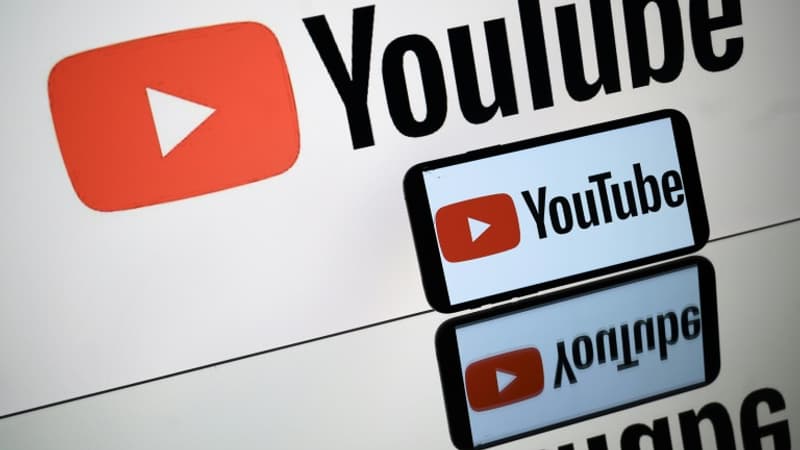Two reports overwhelm YouTube regarding the presence of hateful and misogynistic videos on its platform. Despite the measures taken in recent years, this content continues to circulate massively.
A first report from analyst firm Bot Sentinel was published on September 13, followed by a second from the Center for Countering Digital Hate on September 23. Both reports analyze the presence of hateful and misogynistic content on YouTube by studying the channels’ videos and viewing figures.
The Center for Countering Digital Hate report states that “misogyny is alive and well on YouTube” and that “videos that promote misinformation, hate, and direct conspiracies targeting women are often monetized.” To reach this conclusion, the report is based on specific keywords and analyzes their trends on the web.
The Center to Counter Digital Hate didn’t just focus on YouTube. The report analyzes content called “Incels”. This term is short for “involuntary celibate.” These are individuals who define themselves as masculinists and explain their celibacy by women’s hatred of men. According to the report, this type of content posted on YouTube has been viewed 24.2 million times. The report singles out various channels such as Incel TV, while YouTube refused to remove it despite public pressure and its 25,000 subscribers.
A second report points to YouTube
A few days earlier, another report by the analyst firm Bot Sentinel came to light. Bot Sentinel is a platform that uses machine learning and artificial intelligence to analyze Internet content and detect content that may be problematic. The firm focused on 29 YouTube channels to identify the content.
The report estimates that 22 of the analyzed channels accumulate 441 million views. One channel is particularly targeted, ThatUmbrellaGuy, which has over 116 million views. Again, YouTube reportedly refused to take action. The report also points to channels such as the “racist, misogynist, transphobic” Trevor Coult MC who has been operating on the platform for 11 years, without any sanctions from YouTube.
Bot Sentinel also denounces harassment of celebrities such as Meghan Markle or Amber Heard. At least 29 YouTube channels monetize hateful, defamatory or threatening content towards Meghan Markle.
monetization
The report notes that five channels received a total of $42,000 per month from the platform while airing hate speech against Meghan Markle.
Christopher Bouzy, the founder of Bot Sentinel, assured with Rolling Stone Having repeatedly reported these videos to YouTube without ever having them removed. Only two videos and comments were banned after these reports. Bouzy notes that “many channel managers wouldn’t do what they do if YouTube didn’t reward them.”
The platform recently banned online influencer Andrew Tate, known for his misogynistic detours, after racking up millions in ad revenue. “Other channels follow a similar ideology, publish regularly and use the platform to increase their audience,” concludes the Center’s report to counter digital hate. Some channels also continue to upload Andrew Tate content through YouTube Shorts, the platform’s short formats.
YouTube says do the best you can
Questioned by Tech&Co, Charles Savreux, head of communication for YouTube France, affirms that the platform knows these reports very well but claims not to know “how they were made or what methodology was used”. quarter of 2021, 235,000 videos and 200 million comments were removed for violating hate and harassment policies.
In its moderation process, YouTube has a rule to do it in stages. “This can range from demonetizing the video, to subjecting it to an age limit, for example for minors, reducing its virality, removing the video or even the channel in case of repeated violations of our terms of use”, explains Charles. Savreux.
In 2019, YouTube updated measures to address harassment and hateful content on its platform. Above all, it relies on members of the YouTube community to report content and comments that they deem inappropriate. But also about the 20,000 moderators from all over the world.
Have the channels reported by Bot Sentinel gone unnoticed? “There are videos that can escape us. It is a technological and human challenge given the mass of content that is broadcast daily on our platform”. Charles Savreux assures that the platform is doing everything possible to reduce the presence of these channels as much as possible. Regarding the monetization of these channels, he says that “the majority are not monetized, YouTube works with advertisers and obviously it is not in the interest of the platform to monetize this content.”
Banning the broadcast of these channels also raises the question of freedom of expression. For Charles Savreux, it is difficult, as a platform, to position the cursor to determine what is or is not included in freedom of expression.
Source: BFM TV


